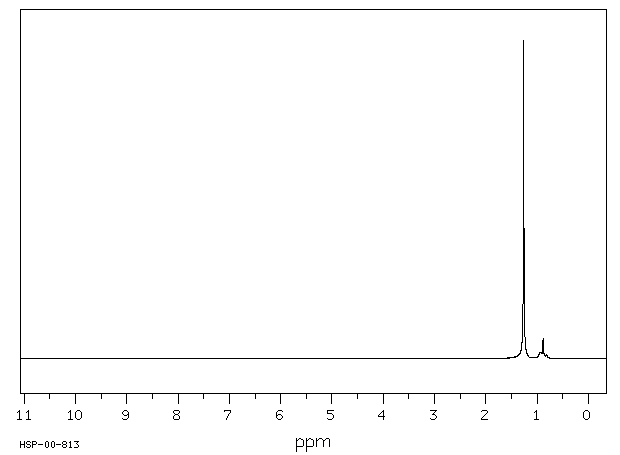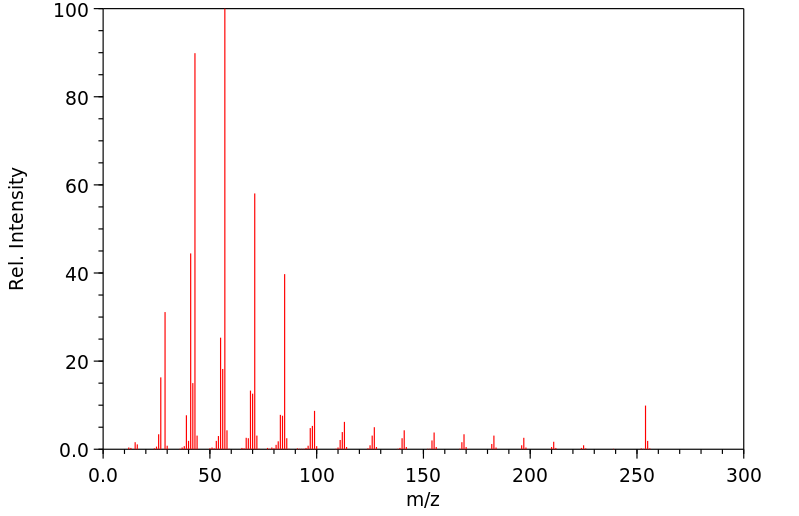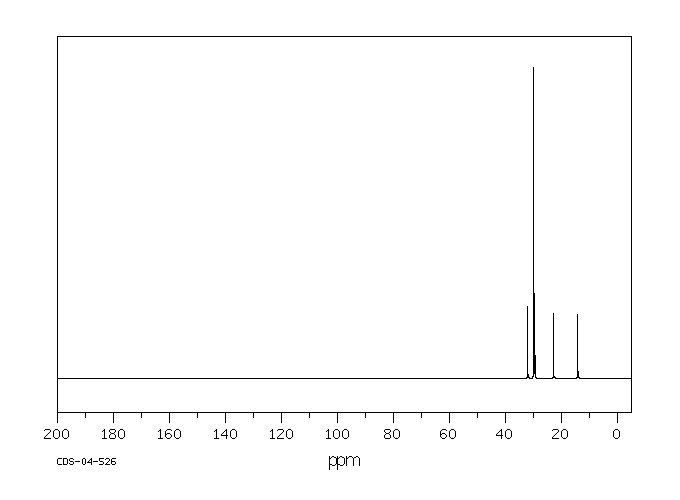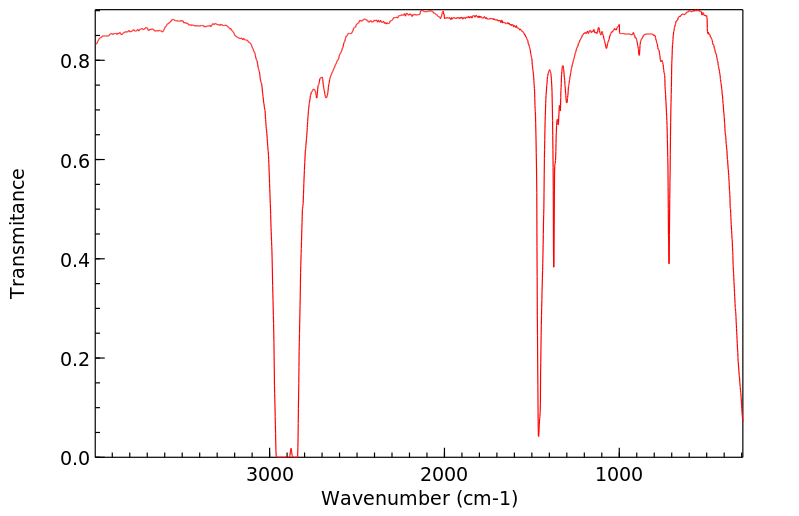毒理性
识别和使用:十八烷是一种固体正烷烃。十八烷用作溶剂,在有机合成中,以及作为校准标准。人类暴露和毒性:没有数据可用。动物研究:在小白鼠耳水肿模型中进行了纯正烷烃的结构活性关系研究,以探究累积刺激性机制。烷烃每天两次涂抹,持续4天。十六烷、十八烷和二十烷表现出逐渐降低的活性。生态毒性研究:对海洋桡足类动物哲水蚤进行了急性毒性测试。十八烷浓度范围从9.7到3200毫克/升。导致50%死亡的48小时负荷率测试物质的半致死浓度LL50大于3200毫克。
IDENTIFICATION AND USE: Octadecane is a solid n-alkane. Octadecane is used as a solvent, in organic synthesis, and as a calibration standard. HUMAN EXPOSURE AND TOXICITY: There are no data available. ANIMAL STUDIES: A structure activity relationship of pure n-alkanes was undertaken in a mouse ear edema model to investigate the mechanism of cumulative irritancy. Alkanes were applied twice daily over a 4-day period. Hexadecane, octadecane, and eicosane exhibited progressively decreasing activity. ECOTOXICITY STUDIES: An acute toxicity test was conducted on the marine copepod Acartia tonsa. Octadecane concentrations ranged from 9.7 to 3200 mg/L. 48-hr loading rate of test substance resulting in 50% mortality LL50 >3200 mg.
来源:Hazardous Substances Data Bank (HSDB)










